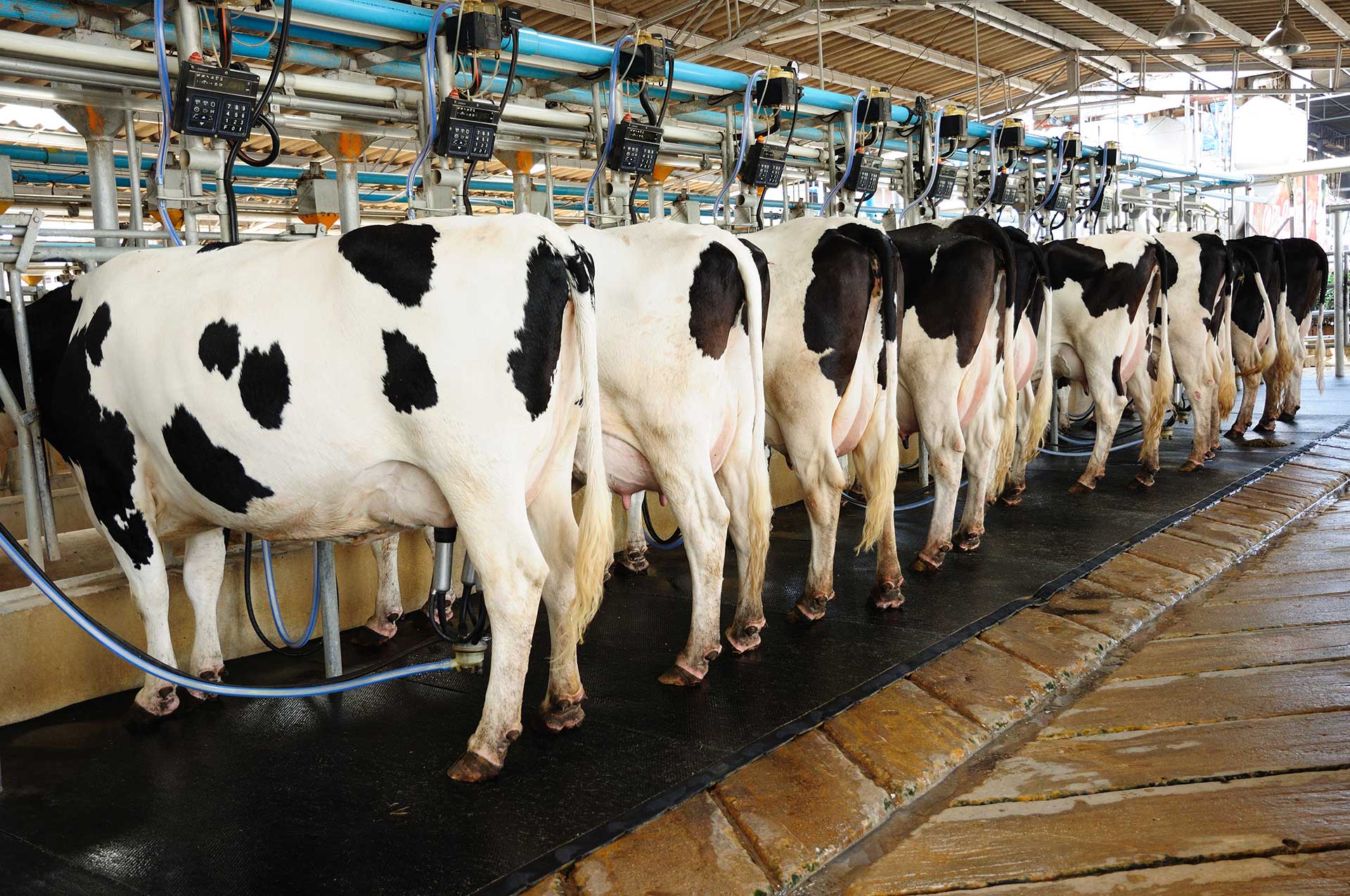Ash Content Testing in Dairy Products
Understanding ash content is crucial in dairy product testing as it helps identify non-nutritive elements present in raw materials and processed products. Ash can include minerals, salts, or other inorganic compounds that are not directly used by the body but may be essential for processing and quality control.
The process of determining ash content involves heating a sample to high temperatures until only the non-volatile components remain. This method allows laboratories to assess the purity and composition of dairy products, which is particularly important in ensuring consistent quality and compliance with international standards such as ISO 686:1997 for milk.
For raw milk, ash content can vary depending on the source and processing stage. In processed dairy products like cheese or yogurt, higher ash levels might indicate a greater amount of minerals used during production. Testing ash content ensures that these elements do not exceed permissible limits set by regulatory bodies to protect consumer health.
Proper specimen preparation is critical for accurate results. Samples should be homogenized if they contain different phases or particles, and then dried thoroughly before being weighed accurately. Afterward, samples are typically placed in a muffle furnace at approximately 500°C for several hours to ensure complete combustion of organic matter.
The use of advanced analytical instruments like Inductively Coupled Plasma Optical Emission Spectrometry (ICPOES) or Atomic Absorption Spectrophotometry (AAS) provides precise measurements necessary for meeting stringent industry standards. These technologies offer high sensitivity and accuracy, ensuring reliable data that can help optimize production processes.
In addition to routine testing in manufacturing environments, ash content analysis plays a key role in research and development projects aimed at improving formulas or exploring new ingredients within the dairy sector. By understanding how different components contribute to overall composition, companies can innovate without compromising safety or regulatory compliance.
- Ensures consistent quality across batches
- Aids in detecting contamination from external sources
- Helps maintain nutritional claims made on product labels
- Serves as a baseline for comparing various formulations or ingredients
Industry Applications
Ash content testing finds application in numerous areas within the dairy industry, from quality assurance to research and development. For instance, it enables manufacturers to monitor raw material intake closely, ensuring that only suitable components enter their production lines.
In research settings, this information can guide efforts towards creating healthier alternatives or enhancing current offerings by adjusting mineral content based on consumer needs or trends. Additionally, ash testing supports compliance with global standards such as Codex Alimentarius which sets guidelines for food safety and quality worldwide.
For procurement departments, knowing the ash levels helps in sourcing better quality inputs at competitive prices while minimizing risks associated with substandard products entering supply chains.
Quality and Reliability Assurance
- Ensures compliance with local and international regulations regarding dairy product safety and quality
- Aids in maintaining consistent product characteristics over time through standardized testing procedures
- Facilitates traceability of raw materials used throughout the supply chain from farm to fork
International Acceptance and Recognition
The importance of ash content testing extends beyond national boundaries, gaining acceptance across various international bodies. The Codex Alimentarius Commission’s Code of Practice for Milk and Milk Products provides recommendations on how to conduct proper ash determinations.
Additionally, European Union directives mandate that certain foods must pass specific tests including those related to ash content if they are intended for human consumption or animal feed. Similarly, United States Department of Agriculture (USDA) guidelines emphasize the significance of accurate ash measurement in ensuring food safety and quality standards.





